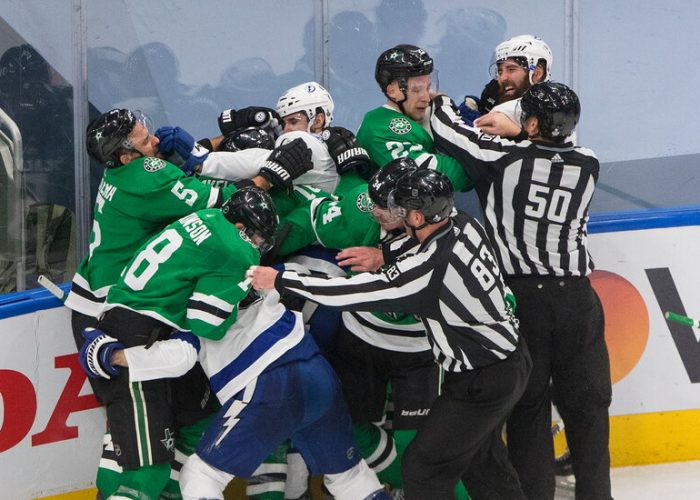Particularly damning is the way Taylors story has been discussed by coaches, reporters, players and fans. The focus has almost entirely been on the doctors error.
Little has been said about the deeper, more troubling part of this case: the reliance on numbing drugs that allow athletes to take to the field for our entertainment.
Where is the skepticism? Why has medicalized drug use of this kind been so normalized?
As the Stanley Cup finals got underway, the Canadian sports television network TSN aired a documentary, The Problem of Pain, that shined a light on anti-inflammatory drug abuse in hockey. In it, former N.H.L. stars open up about the brutality of a sport in which brawls are still cherished and legitimate body checks feel like car wrecks. A sport in which, according to the ex-players, the use of desensitizing medicine often fuels performance as much as hard work.
I never wanted to hurt the team, so I knew I had to play, says a now rueful Ryan Kesler, who played in the league for 15 seasons and had a reputation for sucking up any kind of hurt in order to make it out on the ice. To play, you have to take painkillers.
Fans have a part in this. Too many lust for the voyeuristic thrill of watching violence without considering the costs.
What fans get out of suffering in sports is meaning, said Nathan Kalman-Lamb, a Duke University lecturer who has written extensively about the interplay of injury, suffering and sport. The meaning fans get is based on the idea that when they watch these games something really profound, powerful and important is happening and life or death stakes are part of it.
The harm has become the thing, Kalman-Lamb said when we spoke this week. It is not just a byproduct. It is stuck at the very center of so many of our sports.read more
Hockey Needs Viewers. It Should Not Glorify Pain and Violence to Get Them.


